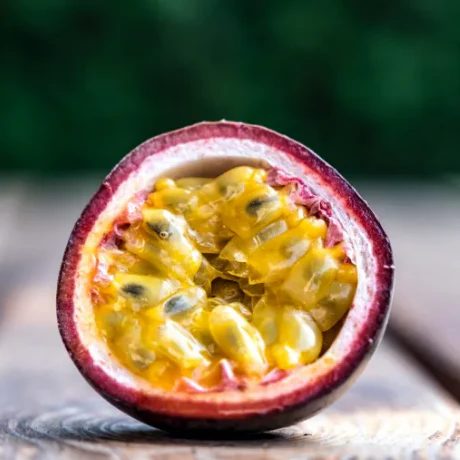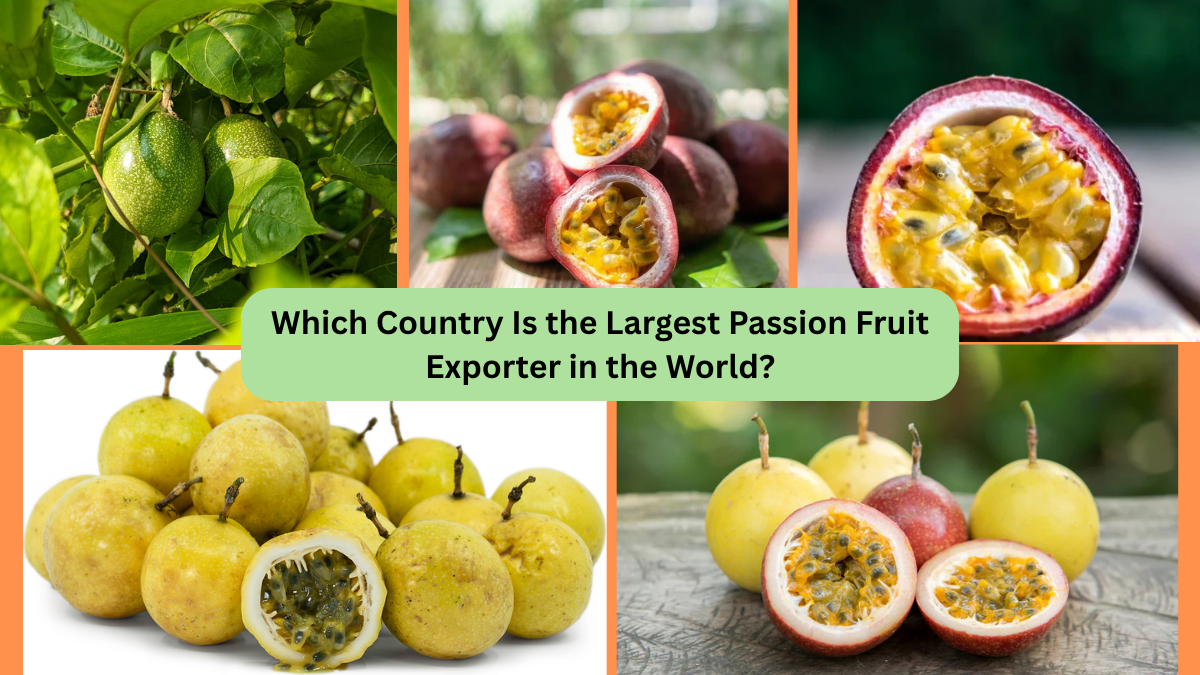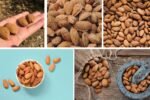Passion fruit — with its tropical aroma, vibrant pulp, and tangy-sweet flavor — has captured global attention in recent years. Popular in everything from juices and smoothies to desserts and health foods, passion fruit’s nutritional value and exotic appeal have made it a sought-after commodity in international markets.
But when it comes to global trade, which country leads the world in passion fruit exports? The answer is clear and consistent: Peru.
Let’s explore how Peru rose to the top, which other countries are involved in this growing trade, the global market trends, and what the future holds for this tropical treasure.
The Global Passion Fruit Market at a Glance

Passion fruit (scientific name: Passiflora edulis) is native to South America, particularly Brazil, Paraguay, and northern Argentina. However, thanks to its popularity, it’s now cultivated across tropical and subtropical regions worldwide.
There are two primary types of passion fruit:
- Purple Passion Fruit: Generally sweeter and more commonly eaten fresh.
- Yellow Passion Fruit: Larger, with higher juice content, mainly used for juice, pulp, and concentrates.
Today, global production of passion fruit exceeds 1 million metric tons annually, though only a small portion enters the export market. That’s because much of the produce is consumed domestically, particularly in tropical countries.
Peru: The World’s Largest Passion Fruit Exporter
Export Overview:
- Peru accounts for nearly 50% of global passion fruit exports.
- In 2023, Peru exported more than USD 42 million worth of passion fruit products.
- Major export destinations include the Netherlands, France, the United States, Germany, and Spain.
Unlike some countries that mainly export fresh fruit, Peru specializes in exporting processed passion fruit products — like juices, purees, frozen pulp, and concentrates — which enjoy higher export values and longer shelf life.
Why Does Peru Lead the Market?

Perfect Climate and Geography
Peru’s tropical and subtropical regions, especially areas like Barranca, Chimbote, and Olmos, offer ideal conditions for growing passion fruit. The country’s mild, consistent weather and fertile soil contribute to year-round production.
Strong Processing Industry
Over 90% of Peru’s passion fruit exports are processed products — juice, pulp, and concentrate — rather than fresh fruit. The country has invested in modern processing plants and export infrastructure, allowing it to meet strict international food safety and quality standards.
Strategic Export Markets
Peru benefits from favorable trade agreements and proximity to key markets, particularly Europe and North America. The Netherlands serves as a gateway for Peruvian passion fruit to enter the wider European Union market.
Growing Global Demand
With rising health trends and demand for natural, exotic ingredients, passion fruit’s popularity has soared in Europe, the U.S., and Asian markets. Peru has been quick to capitalize on this with an organized, export-oriented production system.
Other Major Passion Fruit Exporters
While Peru leads, several other countries contribute significantly to global passion fruit exports:
| Country | Approx. Annual Export Volume | Key Export Markets |
|---|---|---|
| Brazil | ~593,000 tons (mostly domestic use) | Limited exports |
| Colombia | ~137,000 tons (USD 30–40 million) | Europe, U.S. |
| Ecuador | ~48,000 tons | Europe |
| Vietnam | ~190,000 tons | China, South Korea |
| Kenya | ~40,000 tons | Middle East, EU |
Colombia is notable for its exports of purple passion fruit (known locally as ‘gulupa’) to European markets, while Vietnam has been expanding rapidly in the Asian region.
Current Market Trends

Health-Conscious Consumer Demand
Passion fruit is rich in vitamin C, fiber, and beneficial plant compounds. As awareness of its health benefits grows, it’s becoming a staple in health foods, smoothies, and wellness products worldwide.
Growth of Processed Passion Fruit Products
Processed forms like concentrates, frozen pulp, syrups, and purees are in high demand, offering year-round availability and ease of transportation.
New and Emerging Markets
Besides traditional importers like Europe and the U.S., markets in China, Japan, and South Korea have been expanding their passion fruit imports — offering exciting new opportunities for exporters.
Value-Added Product Growth
Companies are now producing passion fruit-infused drinks, yogurts, candies, pastries, and health supplements, boosting the fruit’s global appeal.
Challenges in the Passion Fruit Export Market
Despite its popularity, exporting passion fruit poses several challenges:
- Short Shelf Life (for fresh fruit): Requires careful, rapid logistics and cold chain management.
- Pest and Disease Risks: Tropical crops like passion fruit are susceptible to issues like fusarium wilt and fruit flies.
- Climate Vulnerability: Production can be affected by droughts, heavy rains, and extreme weather patterns.
- Strict Export Regulations: Especially for fresh fruit, meeting phytosanitary standards in the EU and U.S. can be demanding.
The Future of Global Passion Fruit Exports

The passion fruit export market is expected to grow steadily in the coming years, driven by:
- Rising health awareness
- Increasing global popularity of tropical fruits
- Expansion of value-added passion fruit products
- Improved logistics and cold chain systems
Peru is projected to maintain its leadership position, thanks to its efficient processing industry and strong trade relationships. However, countries like Colombia, Ecuador, and Vietnam are expected to increase their market shares, particularly in fresh fruit and niche premium segments.
Final Verdict

To conclusively answer:
Which country is the largest passion fruit exporter in the world?
Peru holds the title, leading global passion fruit exports by both volume (processed form) and value.
- 2023 Exports: USD 42+ million
- Main Markets: Netherlands, France, Germany, Spain, USA
- Primary Products: Juice, frozen pulp, puree, concentrate
Peru’s dominance in processed passion fruit products — combined with excellent growing conditions, modern facilities, and strategic market positioning — ensures its continued leadership in this fast-growing international trade.





